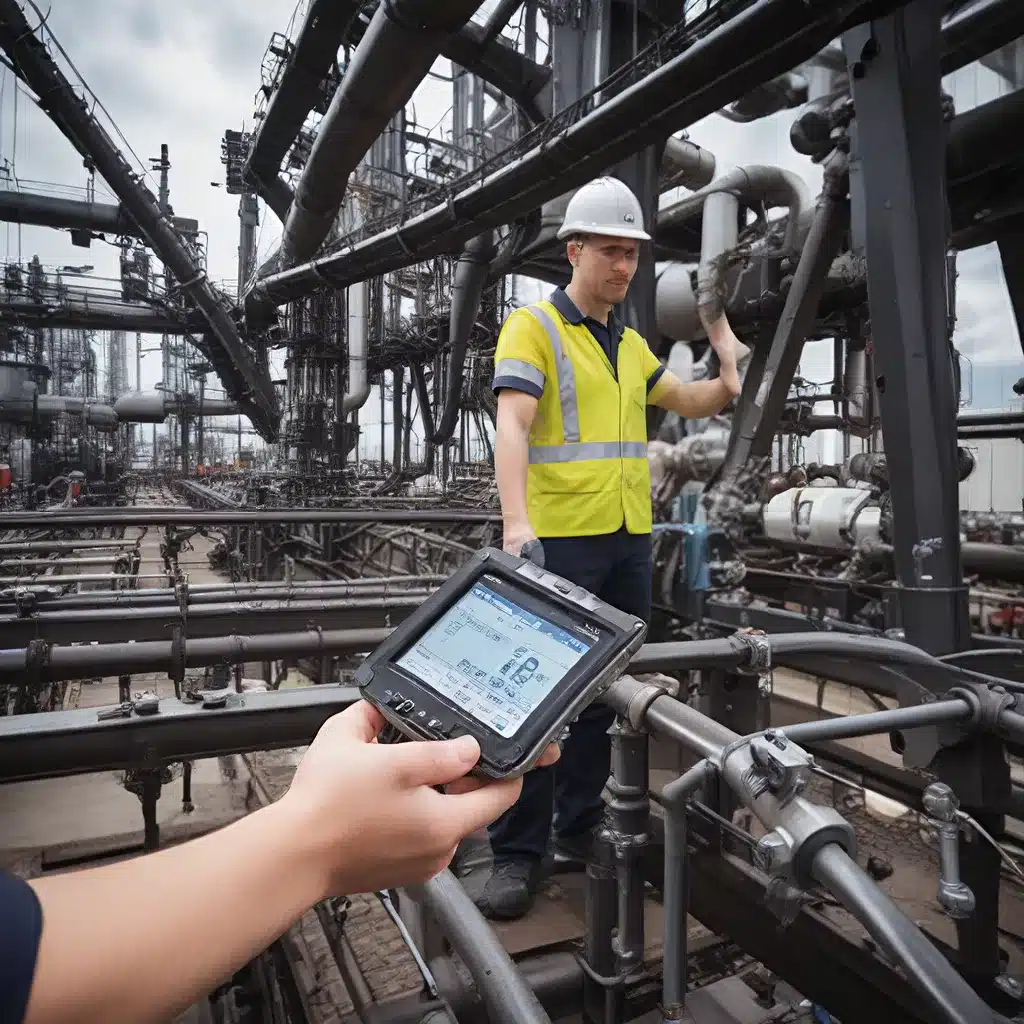
The Importance of Structural Health Monitoring
Civil infrastructure, encompassing buildings, bridges, dams, and other critical structures, is the foundation of modern society. The safety, longevity, and efficient operation of these structures are crucial for societal well-being and economic stability. Structural health monitoring (SHM) plays a pivotal role in achieving these objectives by continuously tracking and assessing the condition of infrastructure.
SHM enhances the resilience of structures by providing real-time data on their health and supporting proactive decision-making during extreme events, such as earthquakes, floods, or hurricanes. Regular monitoring is essential for identifying potential issues or defects in infrastructure. Detecting structural weaknesses early can prevent catastrophic failures that could endanger lives and property. Timely repairs and maintenance based on monitoring data help maintain the structural integrity of these critical assets.
Monitoring provides valuable insights into the aging process of structures. Understanding how materials degrade over time allows engineers to implement measures that extend the lifespan of infrastructure. Proper maintenance informed by monitoring data ensures structures remain functional and reliable for extended periods.
Advancements in monitoring technology have enabled real-time data collection and analysis. Predictive maintenance based on this data reduces the need for reactive repairs, saving costs and minimizing disruptions. This proactive approach enhances the efficiency of maintenance practices and resource allocation.
Types of Infrastructure Monitoring
There are several key types of monitoring that are crucial for assessing the health of critical infrastructure:
- Structural Health Monitoring (SHM): Focuses on factors such as vibrations, strain, and deformation to assess the structural integrity of infrastructure.
- Environmental monitoring: Tracks exposure to weather conditions, temperature changes, and chemical exposure that could affect the durability of structures.
- Geotechnical monitoring: Involves monitoring soil stability, groundwater levels, and slope movements to ensure the foundational stability of structures.
Technological Advancements in Monitoring
Innovations in monitoring technology have transformed the way infrastructure is maintained and managed. Some of the key advancements include:
- Wireless sensors: Compact wireless sensors collect data remotely, reducing the need for manual inspections and enabling continuous monitoring.
- IoT integration: The integration of the Internet of Things (IoT) facilitates seamless communication between sensors and central monitoring systems, allowing for more efficient data management and analysis.
- Machine learning and AI: Advanced algorithms analyze data patterns, predict potential failures, and optimize maintenance schedules, enhancing the overall efficiency and effectiveness of monitoring systems.
Structural Monitoring Goes Wireless: How IoT is Changing the Game
The Role of AI in Infrastructure Health Monitoring
AI has become essential in civil infrastructure health monitoring as systems grow in complexity and scale, making traditional methods inadequate. AI technologies, such as machine learning (ML), neural networks, and predictive analytics, offer advanced solutions for effectively monitoring and maintaining infrastructure health.
AI-assisted monitoring in cloud services reduces missed detections, optimizes alerts, and enhances reliability by accurately analyzing system behavior to identify anomalies. AI integration enables organizations to identify trends, predict issues, and make informed decisions based on real-time data analysis.
AI-driven monitoring platforms use control charts, autoencoders, long short-term memory (LSTM), and fuzzy inference systems to detect anomalies and optimize monitoring processes. Computer vision and image processing techniques, especially with drones or robots, facilitate infrastructure visual inspection and damage detection.
Proqio: An Infrastructure Data Intelligence Platform
Proqio is an engineering software platform for real-time construction data management and geotechnical monitoring in various infrastructure projects. It integrates data from Digital Twins, geotechnical sensors, UAVs, LiDAR, GIS, and BIM, transforming complex datasets into clear, actionable insights.
Proqio supports tailored reporting and visualization, offering customized dashboards that adapt to specific project requirements. It ensures comprehensive integration of applications, modules, and technologies throughout the project lifecycle.
Proqio’s real-time dashboards provide instant insights into infrastructure health, allowing for proactive risk management through continuous monitoring, visualization, customization, and decision support. The platform uses advanced AI algorithms to process and analyze data from various sources, delivering real-time insights that enable stakeholders to address risks promptly.
Proqio: The Infrastructure Data Intelligence Platform
Future Trends in AI and Infrastructure Health Monitoring
Significant strides have been made in developing AI-based solutions for infrastructure health monitoring. Sensor technologies enable efficient and cost-effective data collection, transforming field data into meaningful physical indicators for assessing infrastructure conditions. AI algorithms process data from various sources, enhancing structural health monitoring with machine learning techniques, explainable AI (XAI), and physics-informed AI.
Future trends in AI and infrastructure health monitoring include:
- Predictive maintenance: AI-powered predictive maintenance models can forecast potential failures and optimize maintenance schedules, reducing unplanned downtime and associated costs.
- Real-time monitoring: Continuous monitoring with advanced sensors and AI-driven analytics provides real-time insights into infrastructure health, enabling prompt intervention and preventive measures.
- Automated inspection: Drones, robots, and computer vision techniques automate infrastructure inspections, improving accuracy and reducing the need for manual assessments.
- Risk assessment and resilience enhancement: AI-based systems can evaluate infrastructure vulnerabilities, assess risks, and recommend strategies to enhance the resilience of critical assets.
- Collaborative AI: The integration of AI-powered monitoring systems with other technologies, such as digital twins and GIS, enables a comprehensive and collaborative approach to infrastructure management.
These future trends signify a transformative step towards more resilient, efficient, and safe structural systems, empowered by the advancements in sensor networks, IoT, and AI-driven analytics.
Conclusion
Sensor-enabled condition monitoring and predictive maintenance are revolutionizing the way critical infrastructure is managed and maintained. By leveraging the power of wireless sensors, IoT, and AI, organizations can gain real-time insights into the health and performance of their civil, electrical, and industrial assets, enabling proactive intervention and optimized maintenance strategies.
As the Industrial Internet of Things (IIoT) continues to transform the way infrastructure is monitored and managed, the adoption of AI-driven predictive maintenance solutions will become increasingly crucial for ensuring the safety, longevity, and efficient operation of our built environment. By embracing these cutting-edge technologies, organizations can build resilient, future-ready infrastructure that can withstand the challenges of the modern world.
To learn more about the latest developments in sensor networks and condition monitoring for critical infrastructure, visit sensor-networks.org.